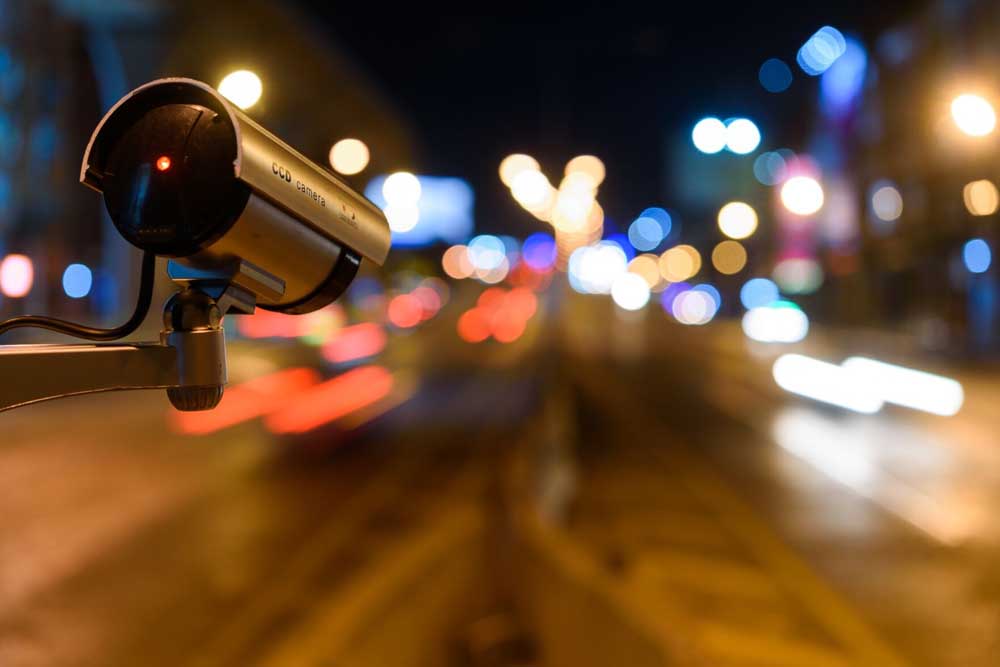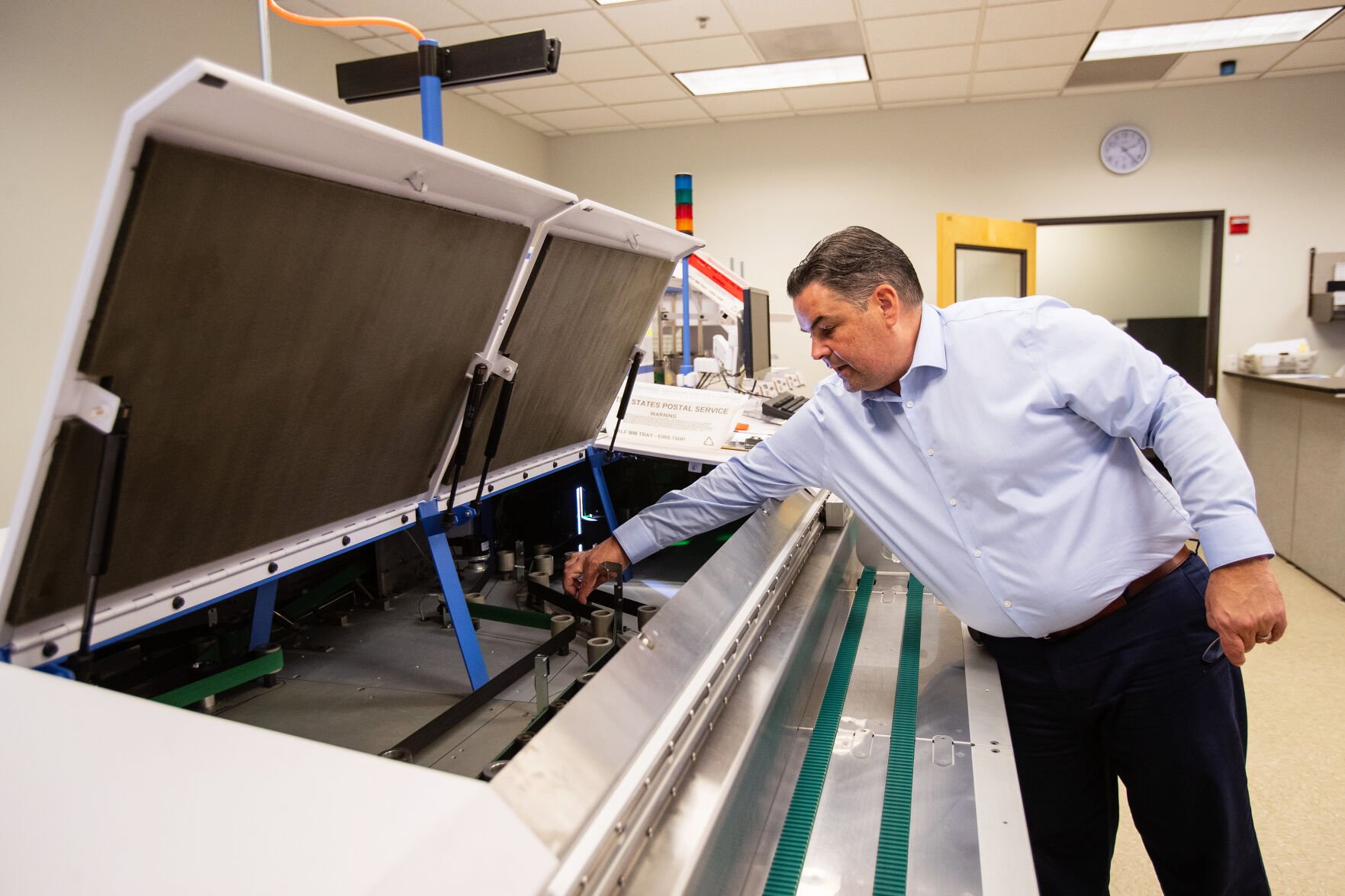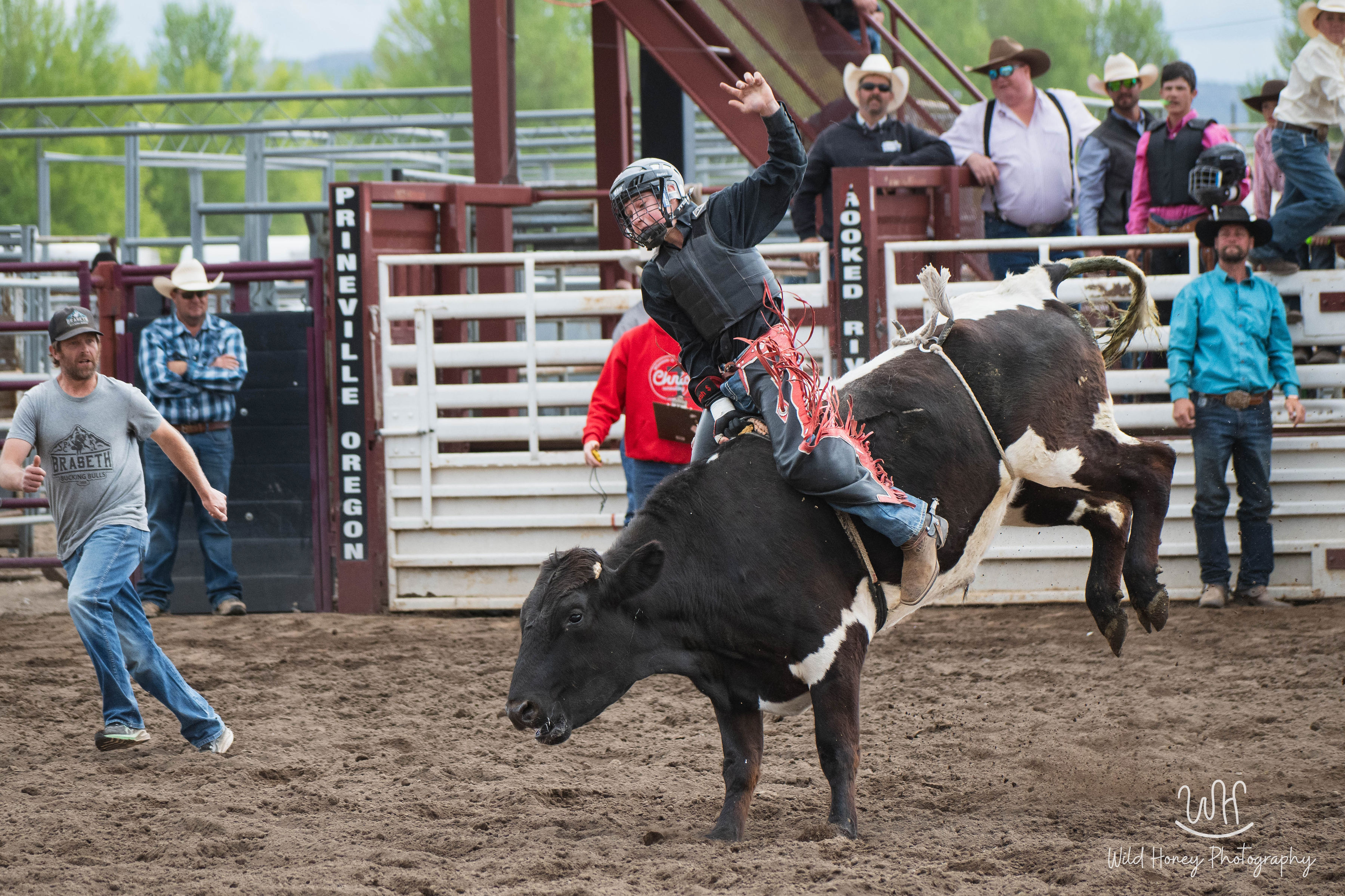Redmond considers cameras to catch speeders, traffic scofflaws
Published 7:30 am Thursday, March 13, 2025

- The city of Redmond is considering the use of traffic cameras to ticket drivers who speed or run red lights in the city.
The city of Redmond and the Redmond Police Department are considering the use of cameras to capture evidence of speeding drivers and red light-runners at some of the city’s busiest intersections.
Police would then review those photographs and video and issue traffic citations to the owner or driver of the vehicle that was photographed, according to a presentation to Redmond City Council on Feb. 25 by Police Chief Devin Lewis.
According to Lewis, the technology is something the department has been studying for a few years, and one that they think could help with traffic issues in the city.
“The idea is looking at various ways to make the streets of Redmond safer,” said Lewis. “Traffic complaints, traffic enforcement is … one of our top complaints year after year after year.”
According to Redmond Police, there were 163 crashes with serious injuries in the Redmond in 2022, the last year with full data. That was down a bit from 2016, when there were 184 such crashes. But the numbers have been rising steadily since the pandemic low of 108 serious crashes in 2020.
Lewis said the department has made a concerted effort to make more traffic stops since the end of COVID restrictions, but agreed that “it’s not at the level we need to be at.”
Lewis said that other cities that use photo red light enforcement “have reported a decrease in their serious injuries and their fatal injury crashes.” Lieutenant Curtis Chambers noted a 2024 ODOT study that showed photo enforcement led to a reduced speed of up to 14 percent, and school zone incidents increased by half.
“The goal behind this would be to change driving behaviors,” said Chief Lewis. “To slow drivers and vehicles down, to make sure drivers are responding to red lights, stop signs.”
He noted that at some of the busiest and most dangerous intersections in town — like the intersection of U.S. Highway 97 and Highway 126 — there are no good places for officers to watch for traffic violations and easily contact those responsible.
He noted that camera technology has increased quickly, offering fast and detailed photos of both license plate numbers and people behind the wheel.
“We want to find a new way, a more efficient way to reduce speeds and hopefully drive down the number of crashes,” said Lewis.
If instituted in the city, the cameras would be large and visible. There would also be signage in place at each intersection where they are used to notify the public of their presence; state law also requires signage at city entrances. The signage itself helps people drive safer, said Lewis.
Where the cameras would be located is still up for debate. Lt. Chambers said that police would rely on a “data driven” approach to their locations, and prioritize placing them at intersections that have the most accidents and a history of serious accidents.
Potential locations include along U.S. Highway 97 and SW Odem Medo, SW Veterans Way and SW Evergreen. Other possible locations include the intersections of SW Highland and SW Rimrock, SW 6th and both SW Highland and SW Glacier, as well as NW 6th and NW Maple and NE 5th and Maple. Photo radar to catch speeders could also be put in place in school zones, residential areas and parks and other areas defined by the city as “high risk” locations.
Plenty of other Oregon cities use photo enforcement, including Portland and Salem, as well as smaller cities such as Newberg, Sherwood and Albany. Bend is currently considering the technology, but no decisions have been made by its city council.
If a person is caught violating traffic laws, a citation is sent to the registered owner of the vehicle or the driver of that vehicle, if they can be identified. That citation must be issued within 10 days. Redmond Police will issue the violations themselves. That duty cannot be carried out by a computer model or someone out of state, but only by a police officer or traffic enforcement agent. Only the traffic officer assigned to the task would be able to access the footage, according to Lt. Chambers.
Chief Lewis did not know what the financial impact of the cameras would be. He said that would depend on the specific company and strategy the council approves and the number of citations issued.
“Our goal would be that this generated $0 in revenue because that means that everybody has changed their behavior and we’re not issuing any citations,” said Lewis.
Often, the camera vendor owns and maintains the equipment in return for a set fee from the city or a percentage of citations issued.
After the meeting, city councillors allowed the police department to move forward with requests for proposals. Once those proposals come in, the department and council can debate their preferences, and more information will be available about the cost of the system and where the cameras will be placed. If the process continues to move forward, the proposals process would likely run through June, locations would be selected through November, and cameras could be activated as soon as December.





